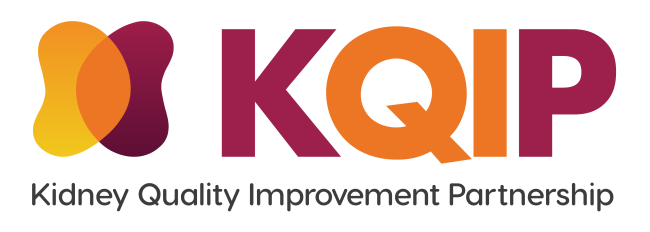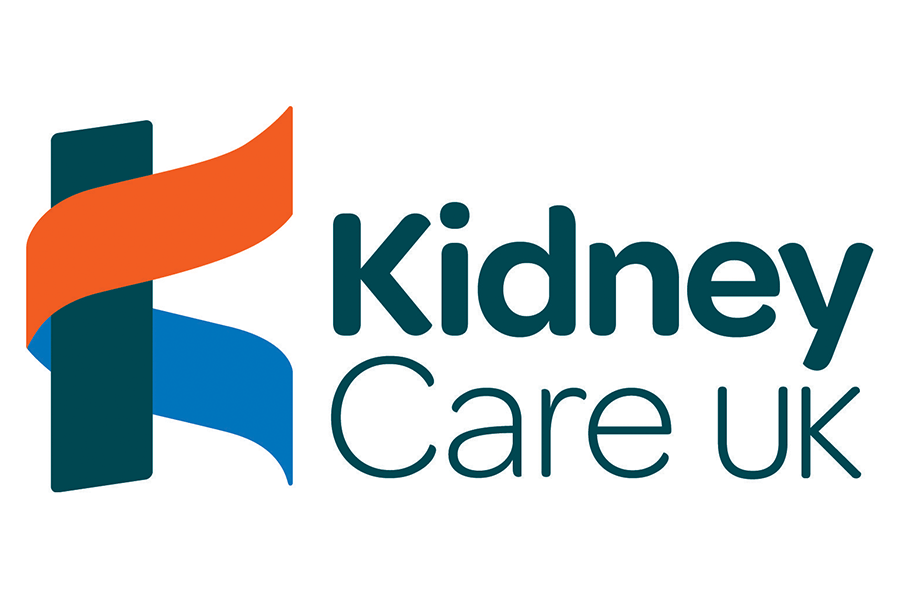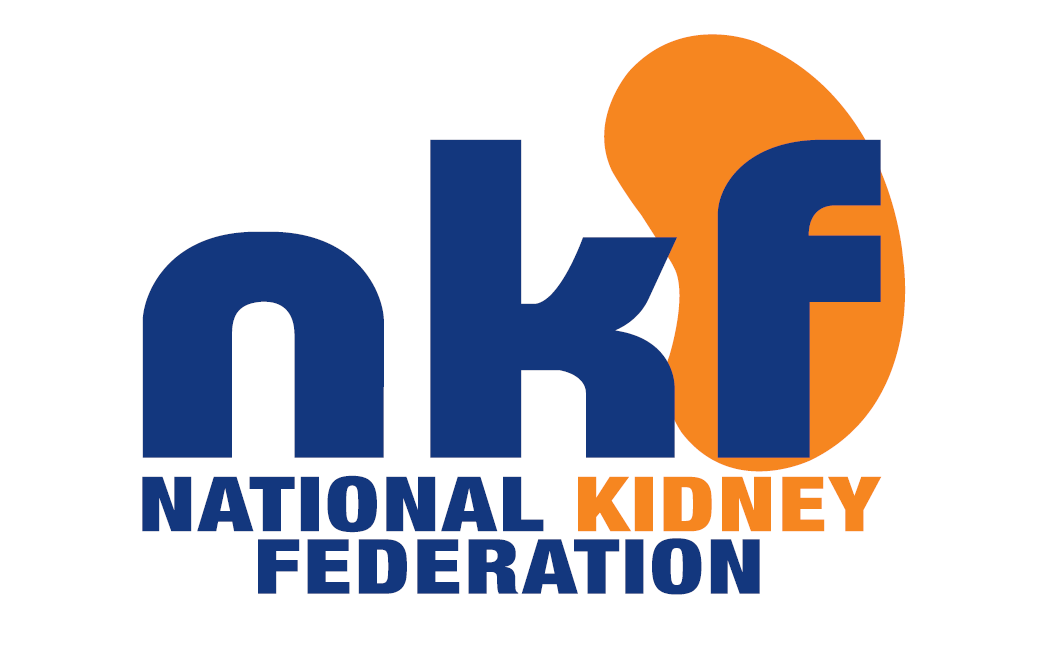Skip to main content
Getting started with DAYLife
KQuIP uses improvement methodology to implement the DAYlife project. Participants receive leadership and quality improvement training as well as programme management support throughout the project.
The DAYlife project is implemented using a three-step approach
Step 1. Research and discovery
-
Exploring what is working well on home therapy (HT) usage by centre and by region and why
-
Analysing whether the same solutions can be applicable to other centres or regions
-
Comparing contexts and looking at what process and outcome measurements can be used to monitor whether changes are resulting in the desired improvement
Step 2. Ideas
-
Creating a list of possible solutions and their predicted outcomes
-
Presenting and addressing these at a regional event
-
Compiling a short-list of interventions/solutions/ideas that will be tested in the centres or regions
Step 3: Testing
-
Step 2 should have created a menu of ideas for centres to agree to take away and try
-
The project group will then plan the testing of these solutions/ ideas monitoring their success using agreed metrics.
Driver diagrams are structured charts of three or more levels. They translate a high-level improvement goal/aim into a logical set of high-level factors (primary drivers) that you need to influence in order to achieve your goal. They also show the specific projects/activities that would act on these high-level factors’ (NHS Improvement).



